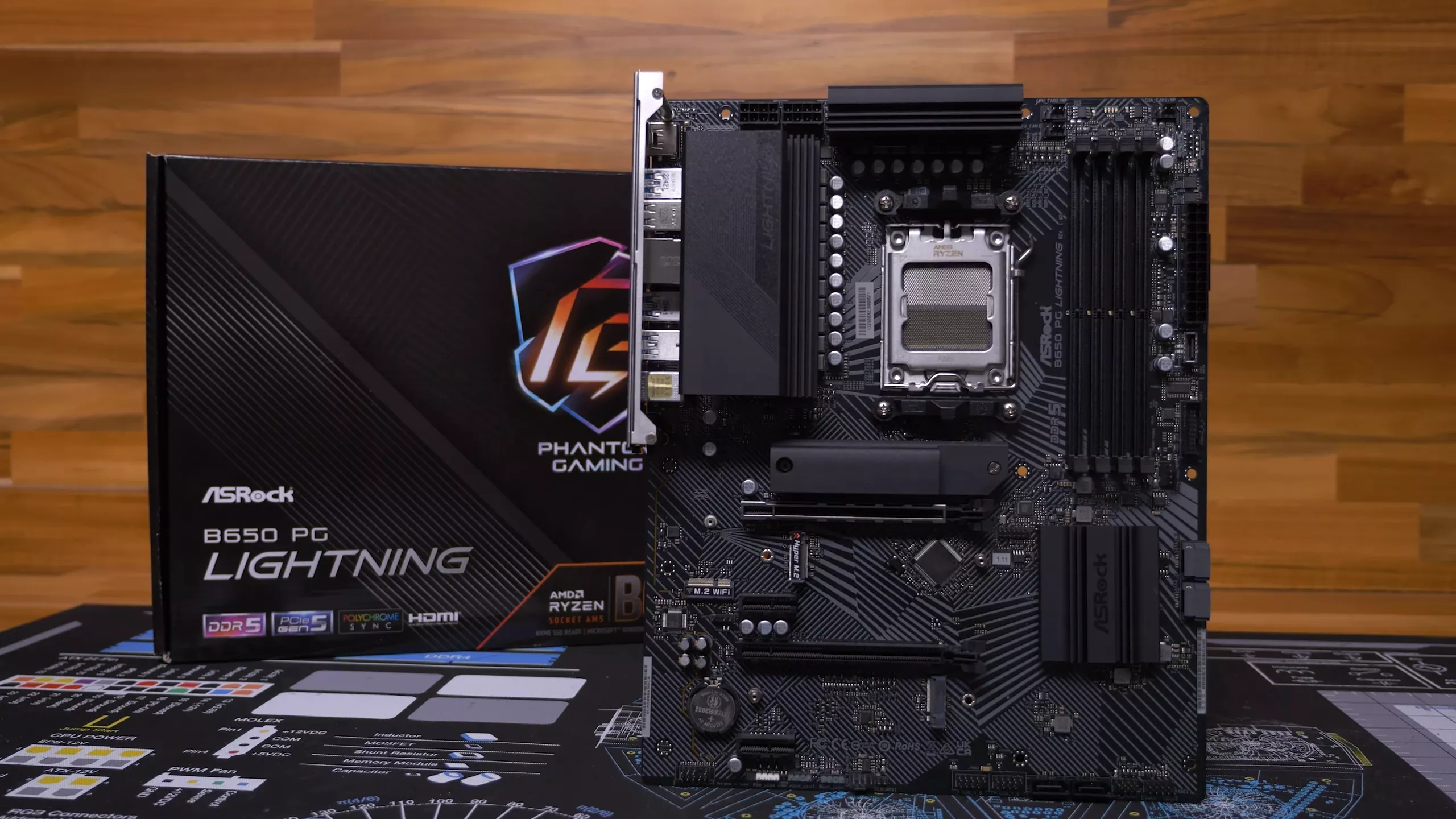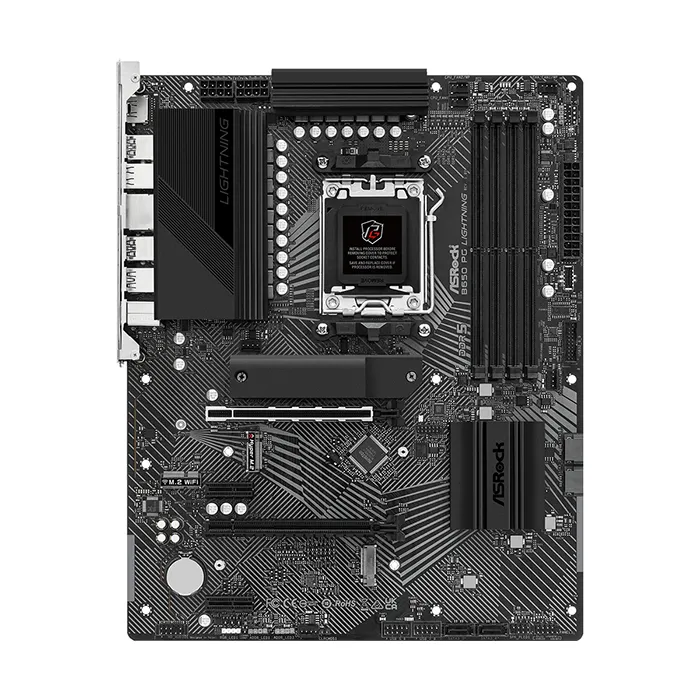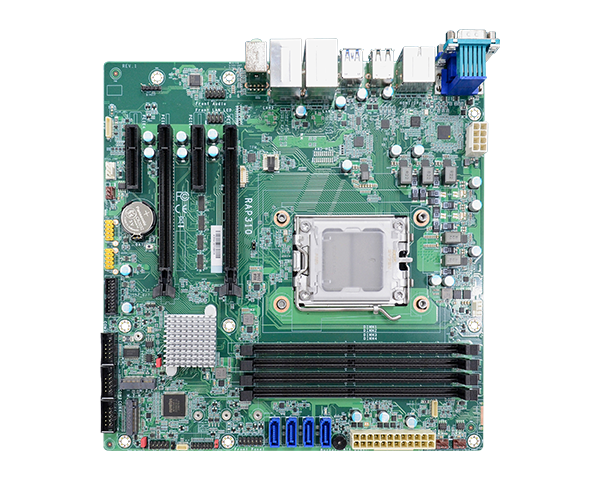As AMD continues to dominate the market with its Ryzen 7000 series processors, the B650 motherboards are emerging as a popular option for gamers and enthusiasts looking for solid performance at an affordable price. These motherboards provide an excellent balance between cost and features, making them ideal for those who want to upgrade to AMD’s next-gen platform without overspending on premium chipsets like the X670E. But what exactly makes B650 motherboards such a great choice?
This article will break down everything you need to know about B650 motherboards, from their features and compatibility to why they’re worth considering for your next build.
What is the B650 Motherboard?
The B650 chipset is part of AMD’s AM5 platform, designed for use with the latest Ryzen 7000 processors. Positioned below the high-end X670 and X670E chipsets, the B650 offers more affordable motherboards with essential features while still supporting many of the advanced technologies that make AMD’s new platform so powerful.
One of the most important features of B650 motherboards is their PCIe 5.0 support. While the number of PCIe 5.0 lanes may not be as extensive as on the X670E boards, B650 still offers fast lanes for SSD storage and graphics cards, ensuring future-proof compatibility with next-gen components. For most users, the performance gap between B650 and higher-end chipsets won’t be noticeable, especially in gaming and everyday tasks.
Key Features of B650 Motherboards
When comparing B650 motherboards to their X670 counterparts, there are several key features to keep in mind:
1. PCIe 5.0 Support
Although PCIe 5.0 is a key selling point for the AM5 platform, not all B650 motherboards will feature it for both the GPU and SSD. However, most B650 boards will include PCIe 5.0 support for NVMe SSDs, ensuring blazing-fast storage speeds. For gamers and users looking to upgrade to high-speed storage in the future, this is a big advantage. Some higher-end B650 models may also support PCIe 5.0 for graphics cards.
2. DDR5 Memory Support
B650 motherboards support DDR5 memory, which is another major upgrade from the previous generation. DDR5 RAM offers higher bandwidth and increased efficiency compared to DDR4, leading to better overall performance, especially in memory-intensive applications like gaming, content creation, and video editing. While DDR5 is still relatively expensive, the shift to this new standard ensures that B650 motherboards are future-proof.
3. Overclocking Capabilities
While B650 motherboards are more budget-friendly than the X670 and X670E boards, they still allow for CPU overclocking. This is great news for enthusiasts who want to push their Ryzen 7000 series processors to the limit. With a solid power delivery system (VRMs), B650 boards are fully capable of supporting moderate overclocking, giving you more control over your system’s performance.
4. USB and Connectivity Options
B650 motherboards come with a generous selection of USB ports, including USB 3.2 Gen 2 and USB 4.0 on some models. These connectivity options ensure that you can hook up all your peripherals, including external storage drives, monitors, and other devices, without compromising on speed or performance.
5. Storage Options
Many B650 motherboards support multiple M.2 slots for high-speed NVMe SSDs, with at least one slot supporting PCIe 5.0 speeds. This makes it easy to expand your storage in the future and take advantage of blazing-fast data transfer rates.
Why Choose a B650 Motherboard?
The B650 chipset offers a perfect balance between affordability and performance. Here are several reasons why B650 motherboards are a solid choice:
1. Affordable Entry to AM5 Platform
For those looking to upgrade to AMD’s AM5 platform, B650 motherboards are more budget-friendly than the premium X670E and X670 boards. They offer similar performance in most gaming and productivity tasks, but at a lower price point, making them an excellent choice for cost-conscious builders.
2. Future-Proofing
With support for PCIe 5.0 and DDR5 memory, B650 motherboards are designed to support next-gen hardware, ensuring that your system remains relevant for years to come. This makes them a great investment if you’re looking to future-proof your build.
3. Overclocking-Friendly
Despite being more affordable, B650 boards still offer overclocking support, allowing you to get extra performance out of your Ryzen CPU without the need for a high-end motherboard. While extreme overclockers may prefer the more robust power delivery of X670 boards, B650 motherboards are more than capable of handling moderate overclocking.
4. Advanced Features for Less
You don’t have to sacrifice features to save money. B650 motherboards still offer plenty of connectivity options, advanced cooling solutions, and fast storage capabilities. This makes them ideal for gamers, content creators, and productivity-focused users who want solid performance without paying a premium for features they may not fully utilize.
Types of B650 Motherboards
Not all B650 motherboards are created equal, and the variety of models on the market offers different feature sets to cater to different types of users. Here’s a look at some common types of B650 boards you’ll encounter:
1. Entry-Level B650 Boards
These motherboards offer basic features but still support DDR5 RAM and PCIe 4.0/5.0 for storage. While they might not have as many connectivity options or advanced cooling solutions, they are perfect for budget-conscious gamers or users who need a solid-performing system for everyday tasks.
2. Mid-Range B650 Boards
Mid-tier B650 boards tend to offer better VRM designs and more robust cooling, making them more suitable for overclocking and high-performance builds. They usually come with more advanced connectivity options, like multiple M.2 slots, additional USB ports, and better support for PCIe 5.0.
3. High-End B650 Boards
At the top end, some B650 motherboards rival the X670 boards in terms of features, with premium designs, reinforced PCIe slots, and advanced overclocking features. These boards are perfect for enthusiasts who want the best performance possible without splurging on an X670E motherboard.
Choosing the Right B650 Motherboard
When shopping for a B650 motherboard, consider the following factors:
- Budget: If you’re on a tight budget, look for entry-level B650 boards that still offer PCIe 4.0/5.0 support and DDR5 compatibility. These will be sufficient for most gaming and productivity tasks.
- Overclocking: If overclocking is a priority, opt for a mid-range or high-end B650 board with better VRM designs and cooling features to ensure stable performance when pushing your CPU.
- Connectivity Needs: Make sure the board you choose has enough USB ports, M.2 slots, and PCIe lanes for your peripherals and expansion needs.
- Future Upgradability: Look for boards with PCIe 5.0 support and multiple M.2 slots to ensure your system can accommodate future upgrades without needing a full rebuild.
Conclusion
B650 motherboards strike a perfect balance between affordability, performance, and future-proofing, making them an ideal choice for gamers, content creators, and anyone looking to upgrade to AMD’s Ryzen 7000 series processors. With support for PCIe 5.0, DDR5 RAM, and excellent connectivity options, these boards offer impressive features at a more accessible price point than their high-end X670 counterparts. Whether you’re building a budget gaming rig or a more powerful workstation, a B650 motherboard can provide the performance and flexibility you need for years to come.




